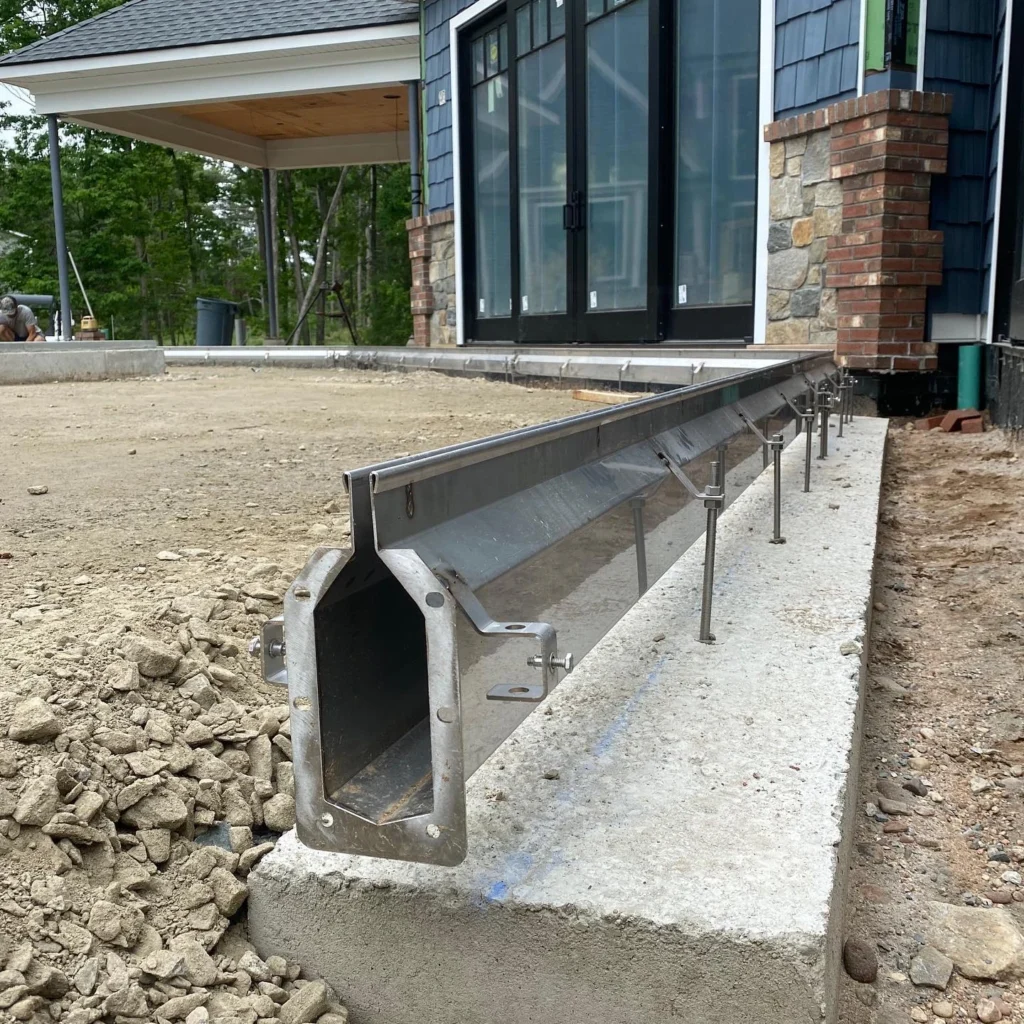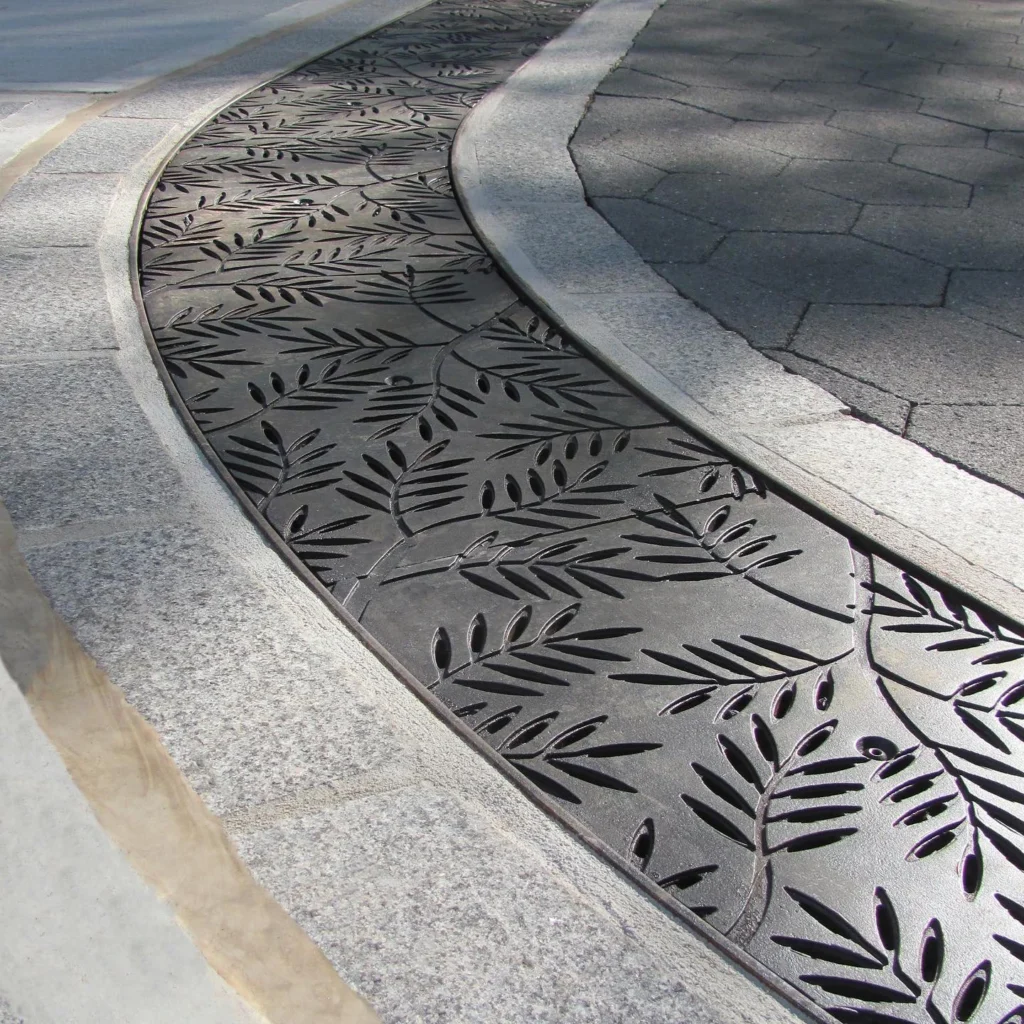It’s critical to maintain sanity at every corner. The idea of a sound plumbing system can make water waste management more accessible for all. Although both flood sinks and flood drains are drainage systems, they are still poles apart. The article aims to provide you with apparent cut differences between them so you can choose the right drainage system according to your needs.
Understanding Floor Sink
It’s a deep basin better for handling huge amounts of water and larger debris. It has an indirect connection with the sewage, so the water has to reach the sink first, where larger debris gets filtered out with the help of a strainer before entering the sewage.
Floor sinks are mostly seen in areas where indirect waste management is a must, much like restaurants, the beverage industry, hospitals, or any commercial sector. It’s easier to maintain them as they are continuous with the floor.
Understanding Floor Drain
Flood drains are simple in design and easy to function. It has a direct connection to the sewage. Comes with a strainer or pulverizer to filter out any large solid chunks before entering into the sewage pipeline.
It can be installed in both residential and commercial areas or in any area where the water needs to be immediately flushed out from the floor. Flood drains minimize the layout of contamination as the water gets immediately removed.
How is the Floor Sink Different From the Floor Drain?
- Floor sink is installed in commercial areas, whereas floor drains Can be installed in residential, industrial, and commercial areas.
- Floor sinks work with indirect connections to the sewage pipeline, whereas the floor drains have direct connections to the sewage pipeline.
- Floor sinks Come with Deep Basin in Order to accumulate water in them, Whereas floor drains come in a simple design, making them versatile for all kinds of uses.
- Flood sinks have two openings, whereas floor drains come with a single opening.
- It’s easier to clean and manage food sinks as they sit on the floor, Whereas floor drains are easier to install.
- Waste management is more efficiently done in flood sinks. Floor drains are best suitable for water expulsion.
How to Maintain the Floor Sink and Floor Drain?
Everyone wants a clear, unobstructed flow of water, don’t you? Of course, you do. Setting up the drainage system doesn’t settle the problem one needs to clean and maintain it to make it efficient working.
As floor sinks, beers are depth; they hold larger debris, Which needs to be handpicked regularly to ensure that the clogs are cleared at all times. However, if the clogs are stubborn, you can call for skilled help.
While the floor sinks can be manually handled, floor drains are often needed with regular checkups and examinations to certify That the filters are cleared. Try to hand-pick any debris that you can or make an effort to apply the water pressure to unclog.
Whether to Use a Floor Sink or Floor Drain?
It’s up to your requirements what suits you the best. Subsequent to all the differences presented, we can say that Floor drain is a much more convenient option to look at. FoodSafe drains come to the rescue by providing some high-quality drains. Trench DRAIN and slot DRAIN.
What is the Intention of Trench Drain?
Designed in a strict manner using stainless steel. It’s a long established age old method with spacious measurements. The trench DRAIN provides the uttermost drainage.
What is the Intention of the Slot Drain?
Slot DRAIN comes without filters, which makes it a modern style that is easy to work with without compromising its efficiency. Unlike the trench DRAIN, it isn’t spacious, instead bearing a slender surface.
Comparison of Pros and Cons of Trench Drain and Slot Drain
Pros of Slot Drains:

- Starting with the sleek, slim design and the various sizing options: 5”, 1”, and 11/4”.
- Depending on the size you get different flow rates options 11,18 and 27 gallons per minute.
- No need for filters or grates.
- Tough stainless steel design T304, T316, which prevents bacterial outgrowth.
- It is quite durable, long-lasting, can withstand harsh environmental conditions, and is low on budget and maintenance.
Cons of Slot Drain:
- The drawbacks of slot drain are minimal.
- Though sizing can be a problem sometimes, re are other systems that can provide higher speed rates than what slot drains can deliver.
Pros of Trench Drains:

- Just like the slot, it has T304 and T316 stainless steel designs to prevent any bacterial outgrowth, minimizing contamination.
- The filters or pulverizer comes with sealed protection.
- Higher flow rates are seen more than the slot drain as the holes for allowing flow are 6” or 12” in width.
- Best in elimination of standing water.
Cons of Trench Drain:
- It’s not long-lasting and wears off easily. Requires proper maintenance and frequent labor work as it works properly with day-to-day life motion.
Conclusion
The article aimed to make you understand the differences between floor sinks and floor drains. Dig deep into what kind of drainage system suits your needs best. Through the reading, you may get an idea that floor drains are best for your general needs, ensure sanitation, and fulfill the water evacuation need.
FoodSafe drains cater to the needs of every individual and provide you with a variety of options to choose from. Get in touch with them today for better drainage tomorrow.












